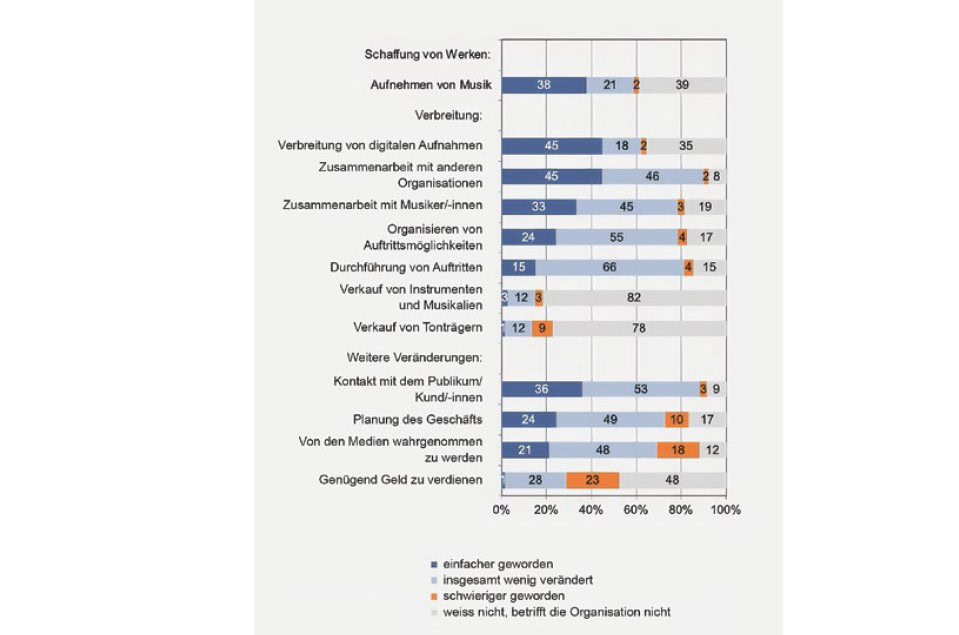Brass music is less infectious than choral singing
Christmas is a time of singing and caroling everywhere. What about the risk of infection?
 SMM - A team from the Max Planck Institute for Dynamics and Self-Organization (MPI-DS) in Göttingen and the University Medical Center Göttingen (UMG) has investigated the particle emission and the associated maximum transmission risk when playing many different wind instruments.
SMM - A team from the Max Planck Institute for Dynamics and Self-Organization (MPI-DS) in Göttingen and the University Medical Center Göttingen (UMG) has investigated the particle emission and the associated maximum transmission risk when playing many different wind instruments.
The researchers determined the particle emissions and the associated maximum risk of transmission when playing many different wind instruments. The results provide clues as to how cultural events can be organized with the lowest possible risk of infection even during the pandemic.
The fact that wind music is not harmless for musicians and the audience in terms of infection control is due to the fact that particles with a size of less than five micrometres largely penetrate from the instrument to the outside. They remain in the air for longer and spread further, so that they can reach high concentrations, especially in unventilated rooms. How many of these small particles are released by the wind music also depends on the instrument.
A relatively large number of viruses can come from the clarinet. It releases significantly more aerosol, which can contain pathogens such as Sars-CoV-2, than the flute, for example. The risk of infection from a clarinet and a trombone at a distance of one and a half meters is already 50 percent after four minutes. At the same distance from a flute, this risk of infection is only reached after three hours. All other instruments measured were in between. In general, however, the risk of transmission from an infected person on a wind instrument is significantly lower than with singing or speaking people if they are in their vicinity for the same amount of time.
In the study, the team also investigated how well the risk of infection could be reduced by using custom-made particle filters, similar to the fleece of FFP2 masks. They placed the prototypes of the masks on the ends of the brass instruments; wooden wind instruments were almost completely covered with the filter material. According to Oliver Schlenczek, first author of the study, masks work reliably on the bell of brass instruments to reduce the emission of infectious particles. If the listeners also wear an FFP2 mask, the risk of infection is a maximum of 0.2 percent even after an hour.
Simone Scheithauer, Director of the Institute for Hospital Hygiene and Infectiology at the University Medical Center Göttingen, is very positive about these results. On this basis, much more targeted protective measures could be recommended in future and musical cultural activities could be maintained with only minor restrictions, even in critical situations. With sufficient ventilation and the wearing of FFP2 masks, lessons, rehearsals and concerts with wind instruments can be held safely, concludes aerosol researcher Eberhard Bodenschatz from the MPI-DS.
www.ds.mpg.de/3959178/220922_aerosols_instruments








